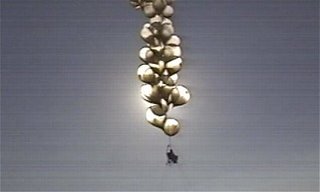 From the Christian Science Monitor
From the Christian Science Monitor:
A Romanian artist uses special algorithms to turn the text of unsolicited e-mail into digital images.
Don't let the spam get you down. With the right touch, an annoying message can become a masterpiece. When Romanian artist Alex Dragulescu looks at junk e-mails, he sees patterns - bits and bytes that can be manipulated into colorful plantlike images or stark architectural forms.
As a graduate student at the University of California, San Diego, he and fellow student Tim Jaeger collected spam and used it to create live multimedia shows of sound, text, and animation - "like a VJ and DJ performance," Mr. Dragulescu says in a phone interview.
Computer languages and algorithms are ubiquitous in our lives, but they're hidden, Dragulescu says, so his projects are intended to "expose" them. "Spam was this material that was discarded and hated by everybody. It was good material for us ... and then I said, 'What else can I do with this?' "
He started feeding messages into a plant-generating algorithm. "I have certain key words controlling, for example, the size.... Like, how many times is 'Viagra' in the text, and maybe it will control the size of the petals."
Just as a painter adds layers, Dragulescu tries different ways of "mapping" messages until he's satisfied with the resulting images.
One that looks like a crop of blue-topped glowing parsnips, came from a message that included strings of words - "Valor, Xray, Vitality, Supa, Amor, Philosophy, moo!!" - and even more random-seeming texts like "ThreadIndex:AcTvBtvuTKhRDcWvRGOd7oYCKcKsmg...."
Even if a spam message is short, it contains a "header" with hidden information - the server that sent the message and the time of day it was generated, for instance.
Dragulescu's program uses the numbers that identify the server to determine the color scheme of the plant images. The time the message was sent sets the age of the plant and therefore how long the petals, twigs, or leaves will grow.
Dragulescu earned his master of fine arts degree last year, and now he's manager of the Experimental Game Lab at UCSD's Center for Research in Computing and the Arts.
Recently he generated digital images from Mozart's music as part of a commemoration of the composer's 250th birthday. "People are very surprised to see data translated like that.... As technology progresses, the way we make art changes," he says.
Dragulescu's father is a nuclear physicist, but he also nurtured a love of culture and the arts in his children.
"I've always been at home either in the sciences or the arts," Dragulescu says.
Indeed, the current problem he's working on is how "to have a more thorough, scientific approach" to his digital art. He wants to create a program that's intelligent enough to discern emotions expressed in a text. "For example, anger or sadness - can you have a program that detects that and makes an artistic gesture based on that?" he wonders.
 The ValleyDaze printing press is closed for a tune-up this week. The chain-wheel turbines need to be realigned and the heavy press is out of sorts. Hope to be back at the front desk next week.
The ValleyDaze printing press is closed for a tune-up this week. The chain-wheel turbines need to be realigned and the heavy press is out of sorts. Hope to be back at the front desk next week.








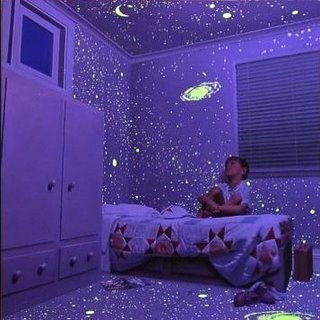




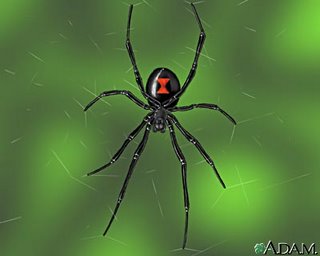








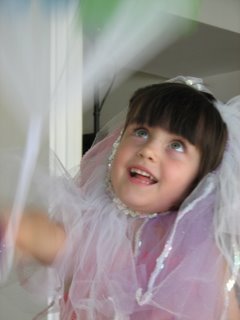


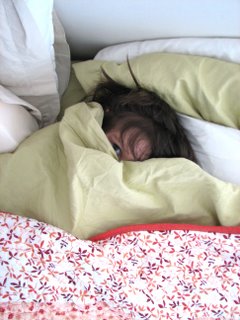








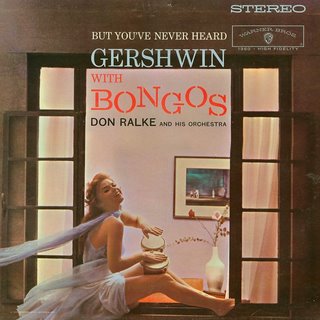
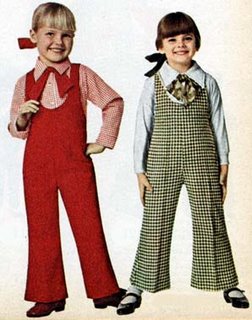




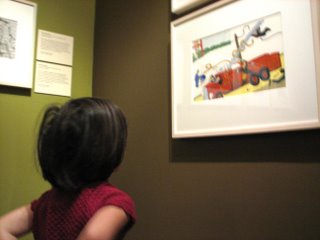

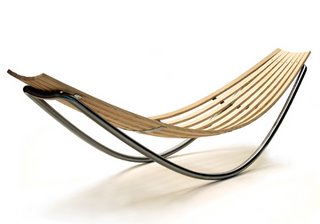



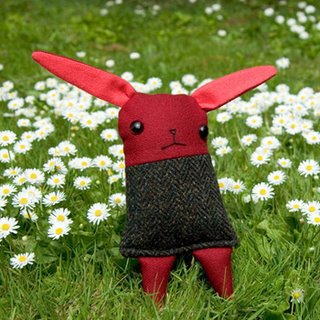








 On Nov. 13, 1913, all eyes were on the first Sierra Nevada water to arrive in the Valley through William Mulholland's aqueduct. The original cascade remains in use beside Interstate 5 in Sylmar, below a newer channel.
On Nov. 13, 1913, all eyes were on the first Sierra Nevada water to arrive in the Valley through William Mulholland's aqueduct. The original cascade remains in use beside Interstate 5 in Sylmar, below a newer channel.